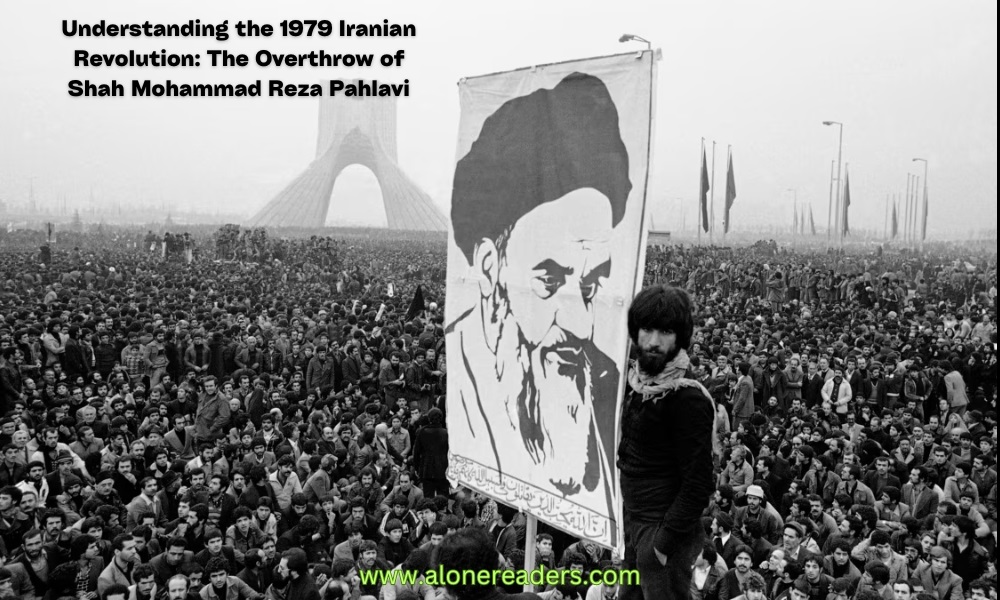
The Iranian Revolution of 1979 marks one of the most significant events in the modern history of the Middle East, leading to the overthrow of Shah Mohammad Reza Pahlavi and the establishment of the Islamic Republic under Ayatollah Khomeini. This profound transformation not only altered the political landscape of Iran but also had far-reaching implications for global geopolitics, especially in the context of the Cold War and the Middle Eastern geopolitical dynamics.
The seeds of the Iranian Revolution were sown through a combination of social, political, and economic factors that intensified over the decades leading up to 1979. Shah Mohammad Reza Pahlavi's rule, characterized by autocratic governance and a rapid, uneven modernization campaign, alienated large segments of the Iranian society. The White Revolution, introduced by the Shah in the early 1960s, aimed at modernizing and westernizing the country, including land reforms, women's suffrage, and the promotion of secular education. However, these reforms were met with skepticism and resistance from traditional sectors of society, particularly the clergy, who felt their influence waning.
Economic disparities played a crucial role in stoking discontent. Despite Iran's oil wealth, which increased significantly during the 1970s due to soaring oil prices, the wealth was unevenly distributed. The rural population suffered from poverty and lack of basic services, while urban areas saw a rise in both wealth and the visibility of inequality, contributing to social unrest. The economic situation was exacerbated by rampant corruption and the concentration of wealth in the hands of a small elite closely linked to the Shah.
Politically, the Shah's regime was increasingly seen as oppressive. The SAVAK, Iran’s secret police, was notorious for its brutal tactics, including censorship, surveillance, imprisonment, and torture of political dissidents. This repression silenced opposition but also built up a reservoir of anger against the regime. The absence of legitimate means for political participation and the suppression of political parties further fueled widespread dissatisfaction.
The religious leadership, under Ayatollah Ruhollah Khomeini, emerged as a powerful opposition voice, channeling societal discontent into a cohesive movement. Khomeini’s critiques of the Shah’s regime, circulated through sermons and tapes from his exile in Iraq and later France, resonated with both the religious establishment and the broader public. He positioned himself as not only a religious alternative to the secular Shah but also as a champion of the oppressed and an opponent of Western imperialism.
By 1978, protests and strikes had become frequent, and the Shah’s regime struggled to maintain control. The situation escalated with the Cinema Rex fire in August 1978, where hundreds of people died. The government's alleged involvement in the tragedy compounded public fury. By December, the nation was in upheaval, with millions marching in the streets of major cities.
Faced with insurmountable pressure, the Shah left Iran in January 1979, leading to the return of Khomeini from exile. The power vacuum was quickly filled by Khomeini's supporters, who consolidated power through the establishment of revolutionary committees and militias. In April 1979, a national referendum resulted in the overwhelming approval of an Islamic Republic, officially ending the Pahlavi dynasty's rule.
The Iranian Revolution's aftermath was marked by significant changes in Iranian society, politics, and its relationship with the world. Domestically, the new regime implemented strict Islamic laws, curtailed civil liberties, and suppressed political opposition. Internationally, the revolution led to the severing of ties with the United States, notably following the U.S. Embassy hostage crisis, which began in November 1979 and lasted 444 days.
The revolution dramatically shifted the geopolitical landscape of the Middle East. It not only inspired Islamic movements across the region but also instigated a realignment of power, notably seen in the Iran-Iraq War that followed shortly after. The echoes of the 1979 revolution are still felt today, as Iran remains a pivotal player in regional politics, its revolutionary ideals shaping its foreign policy and internal dynamics.
In conclusion, the Iranian Revolution of 1979 was a complex phenomenon driven by a multitude of factors. It was not merely a religious revival but also a populist uprising against oppression and inequality. It changed Iran forever, setting it on a path that continues to affect its domestic policies and international relations to this day.